Just a week ago, the president started walking back his often-stated commitment to use $200 billion in federal funding to leverage another $800 billion in private capital and other non-federal funds for an infrastructure plan. Word from the Beltway this week is that a new “outline of principles” for an infrastructure plan will be forthcoming from the Trump administration, possibly in the next week or so.
View this complete post...Archive for the ‘Policy’ Category
Citizens will hopefully get involved in this issue
Tuesday, October 17th, 2017Natural Disasters or Natural Hazards? Why We Need to Rebuild Smarter
Wednesday, October 11th, 2017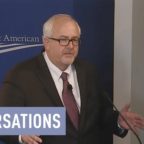
“They are natural hazards. They only become disasters where and how we have built our environments.” “And the current plan will be build it back the way it was. Rebuild it back to the past. Rebuild it back to fail again.” -Craig Fugate, Former FEMA Administrator Video by seeprogress on YouTube
View this complete post...Fall 2017 Bond Elections
Tuesday, October 10th, 2017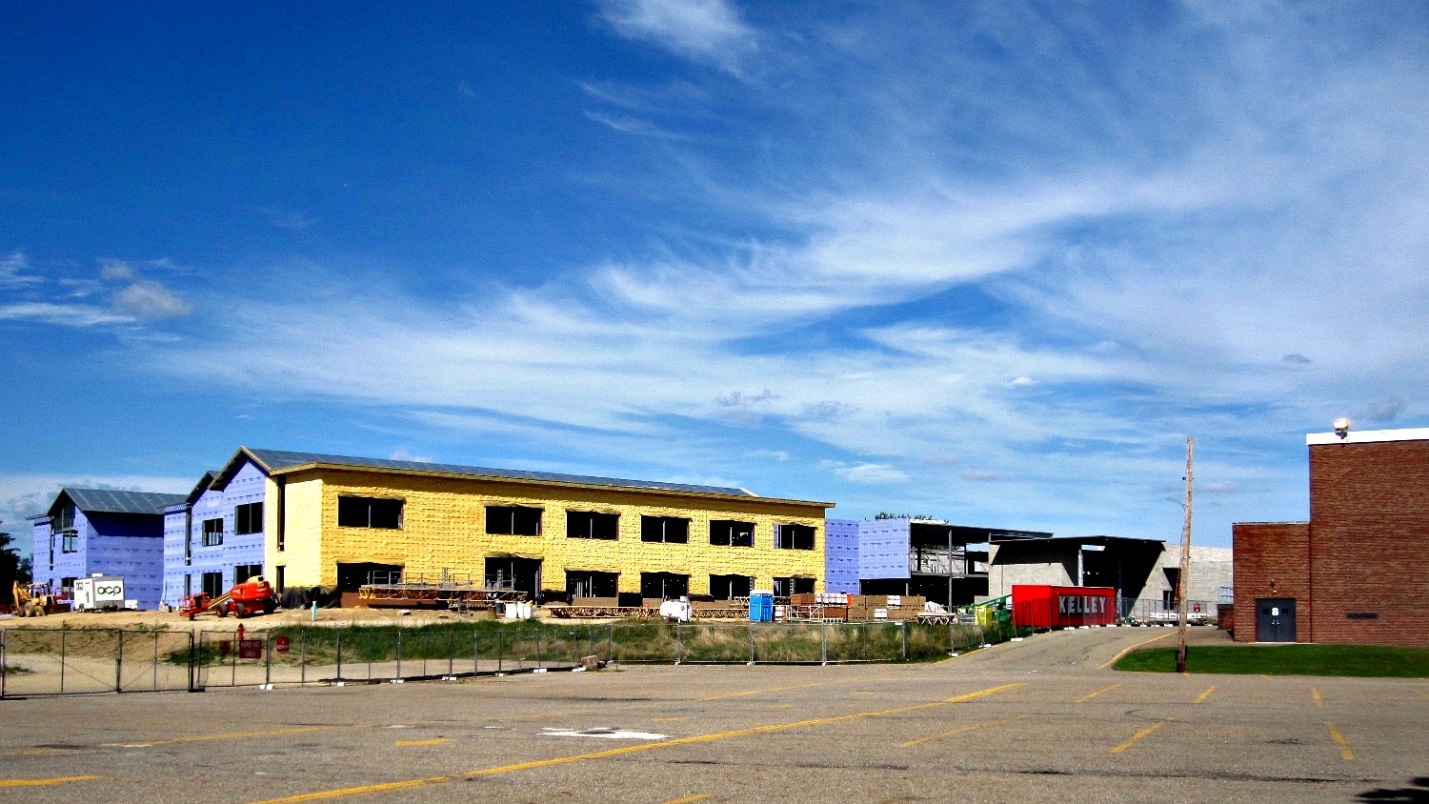
From August through November 2017, voters across the country are being asked to approve hundreds of local bond propositions. The bonds that pass will provide billions of dollars’ worth of contracting opportunities for many types of firms. Strategic Partnerships, Inc. (SPI), which has been tracking all Texas bond elections and recently began tracking bond elections nationwide, is currently monitoring 470+ fall bond elections valued at more than $28 billion. The following article explains what bond are, the types of projects funded, and how contractors can follow the money to pursue bond-related contracting opportunities with local governments.
View this complete post...October 12, 2017–Nationwide Event: Imagine a Day Without Water
Monday, October 9th, 2017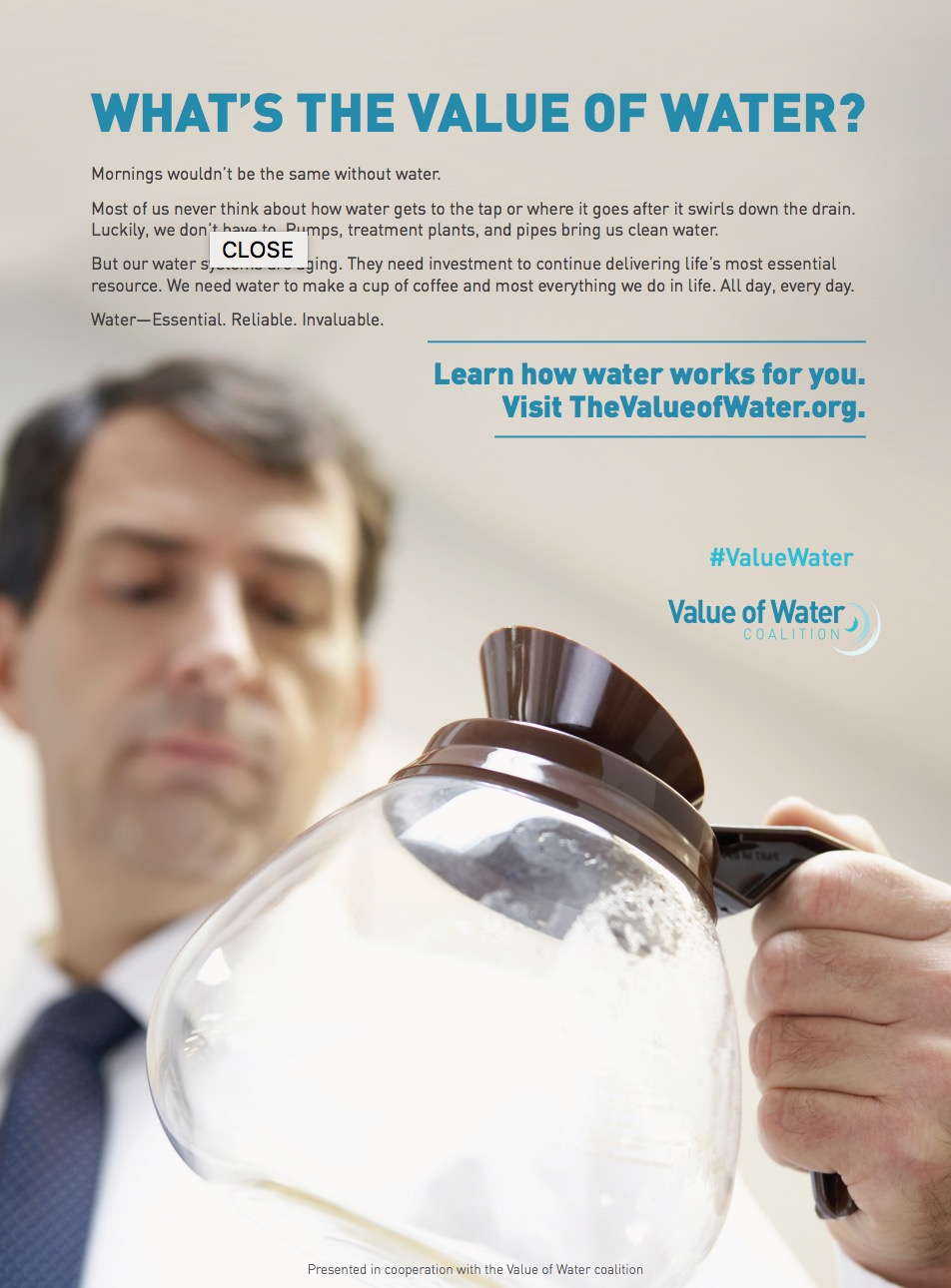
The good news is that the American people are already widely supportive of increased investment in nation’s water infrastructure. Above any other pressing political issue, Americans name rebuilding our nation’s infrastructure as the issue they most want our elected officials to address. Americans view water infrastructure investment as an even greater priority than infrastructure generally, with 82 percent of voters saying that they view the issue as either important or very important. No other issue facing our public officials enjoys such a broad consensus.
View this complete post...Funding Trees for Health: An Analysis of Finance and Policy Actions to Enable Tree Planting for Public Health
Monday, October 9th, 2017
The scientific case for the benefits of trees and urban nature has become more solid over the last few decades. Trees and other natural features in cities can help regulate water quality, water quantity, and the timing of water flow. They can help clean and cool the air, reducing harmful air pollutants and ambient air temperatures. They lend beauty to our streets, enhance citizens’ lives, and significantly increase property values. When you consider all the benefits that street trees can provide to society, there is a strong business case for increased societal investment. One study in California, for instance, found that for every $1 spent on tree planting and maintenance, urban trees deliver $5.82 in benefits.
View this complete post...Guest on The Infra Blog: Shelley Poticha, Director of Urban Solutions, Natural Resources Defense Council (NRDC)
Wednesday, September 27th, 2017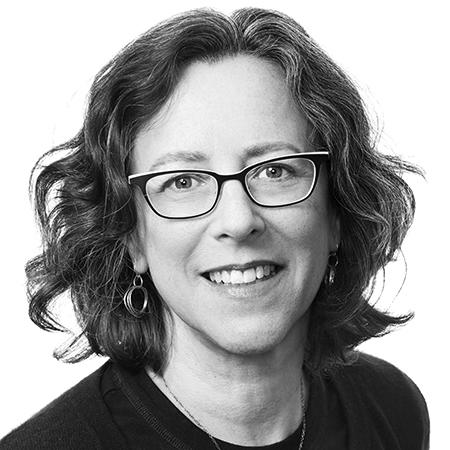
“There really is no conflict between saying you would like to have more infrastructure investment and saying that you’re an environmentalist. They’re one and the same. The challenge is that the plans and projects that are on the books in many states run counter to what we need in our communities to protect people. And that’s where we need to take a hard look at what kind of infrastructure we’re investing in, because the same-old, same-old as we just saw through these two big storms isn’t going to get us there.”
View this complete post...Electricity Markets and Reliability: US DOE Staff Report to the Secretary
Thursday, September 14th, 2017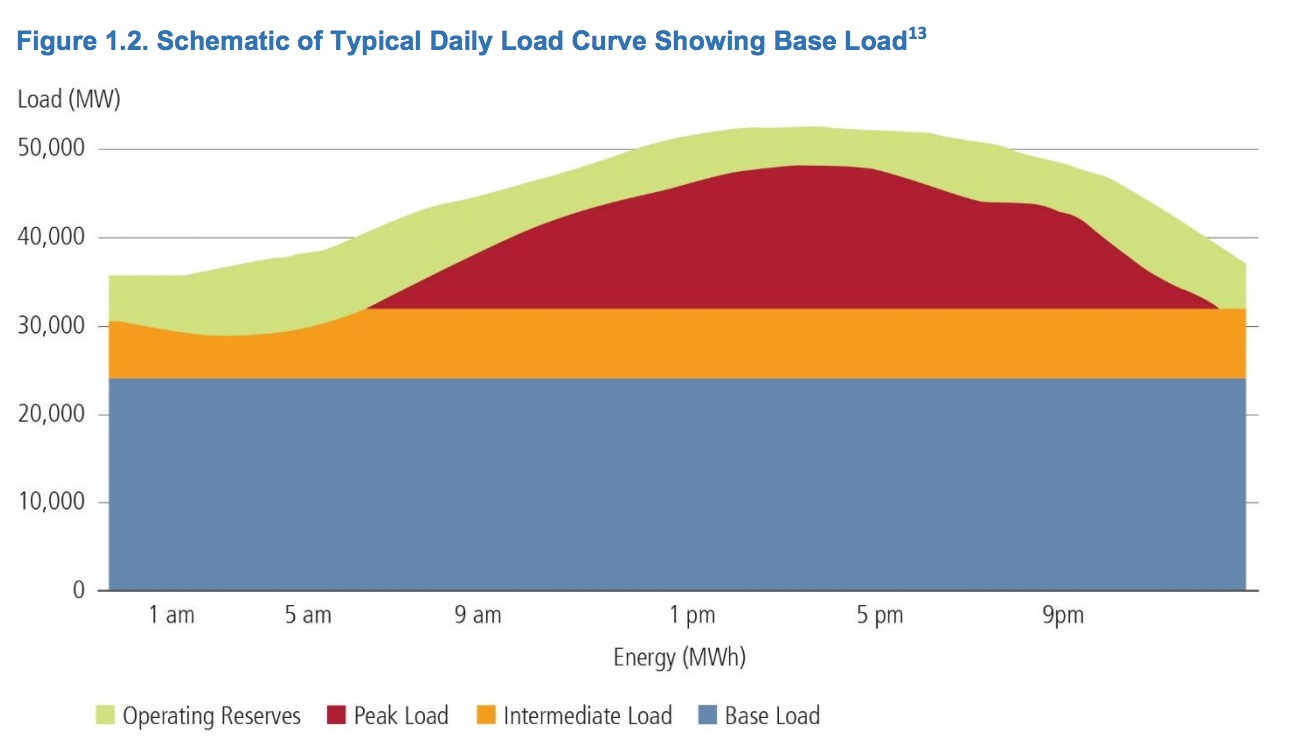
On April 14, 2017, Energy Secretary Rick Perry issued a memorandum requesting a study to examine electricity markets and reliability. With this document, Department of Energy (DOE) staff are delivering a study that seeks not only to evaluate the present status of the electricity system, but more importantly to exercise foresight to help ensure a system that is reliable, resilient, and affordable long into the future. Therefore, while carefully acknowledging history, this study focuses on the present trajectory of trends that are of particular concern in meeting those long-term goals.
View this complete post...Responsible for what? Carbon producer CO2 contributions and the energy transition
Wednesday, September 13th, 2017
The article this accompanies is the third in an important series. The foundational analysis of the contributions of major carbon producers to atmospheric CO2 emissions and methane emissions was the first to appear (Heede 2014), followed by a rich and concrete analysis of the moral responsibilities of the major carbon producers in light of those contributions (Frumhoff et al. 2015). This third analysis not only refines the calculations of the contributions of major carbon producers to atmospheric CO2 and methane emissions but also expands the calculations to include the contributions of those same producers to global mean surface temperature and global sea level (Ekwurzel et al. 2017).
View this complete post...Streetfilms: NYC — Cyclists Become “Human Bollards” to Protect 2nd Ave Bike Lane
Tuesday, September 5th, 2017
Earlier this summer, DOT filled an 18-block gap in the Second Avenue bike lane in Midtown. But there’s a big problem with the project: On most of those blocks, the new bike lane isn’t protected at rush hour, when the number of cyclists is highest and car traffic is most intense.So this morning, Transportation Alternatives volunteers took safety in their own hands, lining up between 45th Street and 44th Street to form a “human-protected bike lane” during the 8 a.m. to 9 a.m. rush.
View this complete post...Guest on The Infra Blog: Anita van Breda, Senior Director, Environment and Disaster Management, World Wildlife Fund (WWF)
Wednesday, August 30th, 2017
If there is a change in the direction at the federal level, that means it’s all the more important that we at our individual and at our state and our county levels, make sure we are doing more to step up our engagement. We see examples from different mayors and different cities who are being quite proactive on the climate issue, and corporations are stepping forward, and so we have to focus on where there’s positive momentum and support that moving forward.
View this complete post...Follow InfrastructureUSA
CATEGORIES
- Accountability (219)
- Aging Infrastructure (758)
- Aviation (130)
- Biking (324)
- Bipartisan (271)
- Bridges (493)
- Broadband (57)
- Buses (160)
- Carbon Tax (22)
- Clean Air (182)
- Climate Change (201)
- Competitiveness (230)
- Congestion (327)
- Dams (77)
- Democrat (123)
- Drinking Water (192)
- Economic Stimulus (276)
- Employment (207)
- Energy (585)
- Environment (615)
- Equity (239)
- Funding (888)
- Global (205)
- Great American Infrastructure (33)
- Green (295)
- Guests on The Infra Blog (291)
- Hazardous Waste (27)
- High Speed Rail (224)
- Highway (785)
- Inland Waterways (204)
- Jobs (251)
- Land Use (99)
- LEED (28)
- Levees (42)
- Local (1,910)
- National (1,526)
- Policy (1,121)
- Pollution (215)
- Private Investment (213)
- Public Opinion (189)
- Public Parks & Recreation (198)
- Public Transportation (1,028)
- Racism (6)
- Rail (504)
- Recession (65)
- Recovery (218)
- Republican (109)
- Roads (1,120)
- Schools (81)
- Seaports (69)
- Smart Grid (98)
- Smart Growth (442)
- Solid Waste (26)
- Sustainability (766)
- Tax (112)
- Technology (397)
- Telecommunications (46)
- Transit (1,333)
- Urban Planning (982)
- Wastewater (182)
- Water Treatment (167)
Video, stills and tales. Share images of the Infra in your community that demands attention. Post your ideas about national Infra issues. Go ahead. Show Us Your Infra! Upload and instantly share your message.
Is the administration moving fast enough on Infra issues? Are Americans prepared to pay more taxes for repairs? Should job creation be the guiding determination? Vote now!
What do the experts think? This is where the nation's public policy organizations, trade associations and think tanks weigh in with analysis on Infra issues. Tell them what you think. Ask questions. Share a different view.
The Infra Blog offers cutting edge perspective on a broad spectrum of Infra topics. Frequent updates and provocative posts highlight hot button topics -- essential ingredients of a national Infra dialogue.
Dear Friends,
It is encouraging to finally see clear signs of federal action to support a comprehensive US infrastructure investment plan.
Now more than ever, our advocacy is needed to keep stakeholders informed and connected, and to hold politicians to their promises to finally fix our nation’s ailing infrastructure.
We have already engaged nearly 280,000 users, and hoping to add many more as interest continues to grow.
We require your support in order to rise to this occasion, to make the most of this opportunity. Please consider making a tax-deductible donation to InfrastructureUSA.org.
Steve Anderson
Managing Director
SteveAnderson@InfrastructureUSA.org
917-940-7125













 RSS Feed
RSS Feed